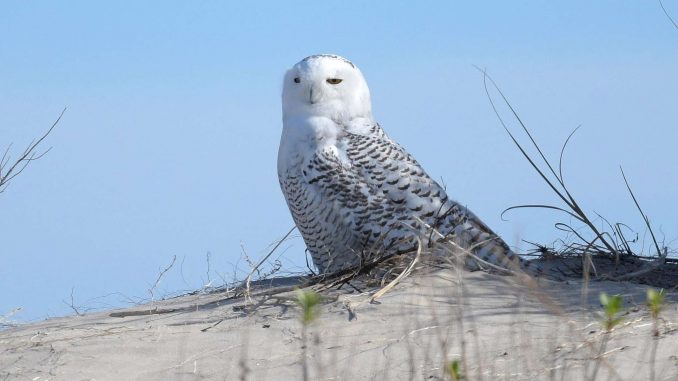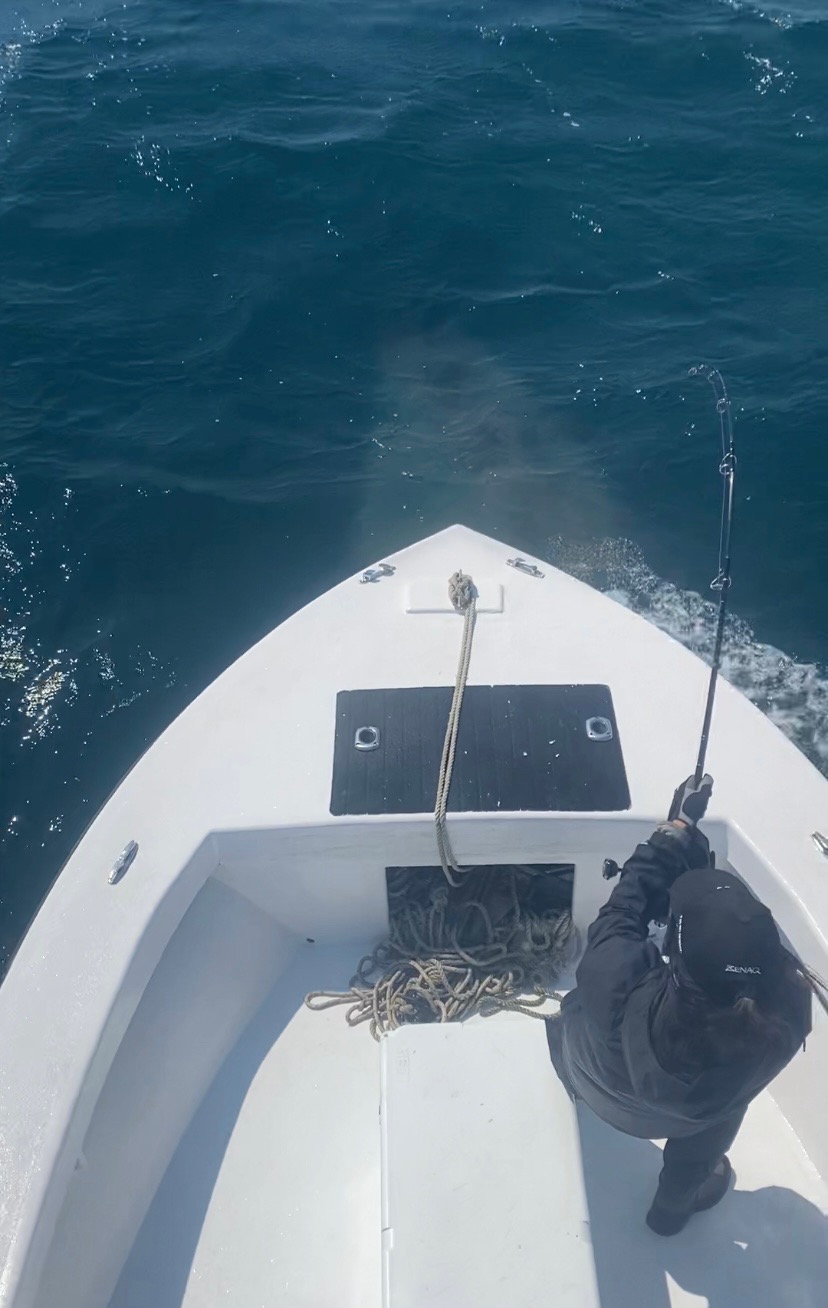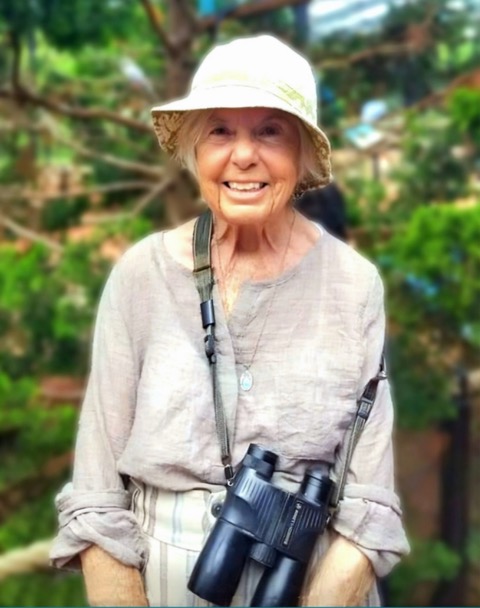UPDATED with VIDEO – Rare winter visitor: Snowy owl makes a stop on the Outer Banks

It’s the rarest of feathered visitors to the Outer Banks, the Ocracoke Observer’s Peter Vankevich wrote a few years ago, and now it’s back. A snowy owl, far out if its normal northern range, has been spotted on on Pea Island this week.
The large white bird was first seen on Dec. 29 on the southern end of the refuge, then photographer Brian Patteson found the owl again the following day a few miles north.
Over the weekend, there were more spottings by intrepid birdwatchers and photographers, some who had traveled hundreds of miles to get a glimpse. Jim Gould of Southern Shores was able to capture video of this out-of-towner on Sunday.
Snowy owls generally live in the far north near the North Pole, and winter in southern Canada and the northern United States. About every four years they travel south well outside their normal range in a phenomena called “irruption,” the U.S. Fish and Wildlife Service says..
For reasons not understood, snowy owls have been “irrupting” more often in recent years. In fact, a few spent several winters on Ocracoke Island and were spotted around Cape Hatteras between 2014 and 2017, with their time here well documented by the the Ocracoke Observer.
Since their normal range is far north and there are far fewer people living nearby, the snowy owl isn’t really used to seeing us. But humans flock for a rare sighting of the beautiful white bird when one is around. We, however, need to give the owl distance and respect.
“… People should give it a wide berth,” Patteson said. “We got pics today with telephoto lenses. Trying to get a phone pic for example would be getting way too close. It was originally seen a few miles to the south yesterday, so it could show up somewhere else tomorrow. There is plenty of prey for it here, so maybe it will stay a while.”
Gould shot the video from a long distance, using his cellphone through a 60x Vortex Razor Spotting Scope, and just like Patteson cautioned anyone that spots the owl to stay as far away as possible.
To learn more about snowy owls, click here.
















